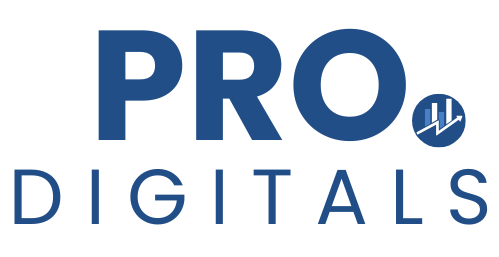Website architecture isn’t just about aesthetics—it’s the backbone of digital usability. Imagine walking into a store where the aisles are a labyrinth, the checkout counter is hidden, and the products are scattered randomly. Frustrating, right? The same applies to websites. A poorly structured site drives users away faster than a pop-up ad with no exit button.
But when done right, a logical, well-organized architecture enhances user experience (UX), strengthens SEO, and boosts conversions. It’s the difference between a seamless browsing journey and a digital wild goose chase.
Why Website Architecture Is Non-Negotiable
Before dissecting the how, let’s address the why. A chaotic website structure is like handing someone a jigsaw puzzle with missing pieces—pointless and infuriating. Here’s what happens when architecture fails:
- User abandonment skyrockets: If visitors can’t find what they need within three clicks, they bounce.
- SEO rankings plummet: Search engines prioritize well-structured sites. A messy hierarchy confuses crawlers.
- Conversions nosedive: Confusing navigation = lost sales, leads, or engagement.
A strategic, intuitive structure isn’t just beneficial—it’s essential.
Core Principles of High-Performance Website Architecture
1. Simplicity Reigns Supreme (Think Apple, Not Cluttered Attic)
The best architectures are effortless to navigate. Users shouldn’t need a manual to browse. Group related content logically, using broad categories that funnel into specifics.
Example of intuitive flow:
- Homepage → Services → E-Commerce Development → Pricing
Example of a nightmare:
- Homepage → Resources → Archive → 2018 → Blog Drafts → Untitled Document
Complexity kills engagement. Keep it streamlined.
2. Hierarchy: The Invisible Guide for Users & Search Engines
A clear hierarchy signals content importance. The homepage sits at the top, followed by primary categories, subcategories, and individual pages.
Optimal Structure:
- Home
- Products
- Software
- Hardware
- Insights
- Case Studies
- Whitepapers
- Company
- Leadership
- Careers This isn’t just about UX—it helps search engines index and rank pages effectively.
3. Internal Linking: The Silent Powerhouse
Internal links are digital signposts. They guide users and distribute SEO equity. But haphazard linking is worse than none at all.
Strategic Linking Tactics:
- Contextual Links: Embed links naturally within content. Mention “cloud security”? Link to your security guide.
- Navigation Links: Use menus, footers, and sidebars to highlight key pages.
- Orphan Page Elimination: Every page should be accessible within three clicks. If Googlebot can’t crawl it, neither can users.
4. URL Structure: Clean, Descriptive, and SEO-Friendly
A messy URL is like a garbled voicemail—no one understands it.
Good:yoursite.com/blog/seo-trends-2024
Bad:yoursite.com/p=123&cat=blog&ref=2024
Short, keyword-rich URLs improve readability and rankings.
Pitfalls to Avoid (Unless You Enjoy Digital Self-Sabotage)
1. Navigation Overload: The Menu Monster
Some websites treat their main menu like a storage unit—cramming everything in. Limit top-level items to 5-7 max.
Solution:
- Use mega menus for complex sites.
- Implement dropdowns for subcategories.
2. Mobile Neglect: The Silent Killer
Over 60% of web traffic comes from mobile. If your site isn’t optimized, you’re alienating half your audience.
Mobile-Critical Checks:
- Tap-friendly buttons (no “fat finger” frustration).
- Collapsible menus.
- Fast load times (Google penalizes sluggish mobile sites).
3. Broken Links: Digital Dead Ends
Links that lead to 404 errors are like roadblocks. Tools like Screaming Frog or Ahrefs can spot these issues.
Pro Tip:
Set up 301 redirects for deleted pages.
4. Keyword Cannibalization: When Pages Fight Each Other
Multiple pages targeting the same keyword? They’ll compete, diluting rankings.
Fix It:
- Merge duplicate content.
- Refocus pages on unique long-tail keywords.
Tools to Architect Like a Pro
- Screaming Frog: Crawls sites to expose structural flaws.
- Google Analytics: Identifies drop-off points (hinting at navigation issues).
- Hotjar: Heatmaps reveal how users interact with your layout.
- Semrush: Audits internal linking and keyword conflicts.
The Iterative Nature of Website Architecture
A website isn’t a “set it and forget it” project. As content grows, revisit the structure.
Ongoing Optimization Checklist:
- Quarterly site crawls.
- User testing (ask real people to navigate your site).
- SEO performance reviews.
A well-structured site isn’t just for algorithms—it’s for humans. And in the end, that’s what matters.
Now, go audit that site. Your users—and your search rankings—will thank you. 🚀

